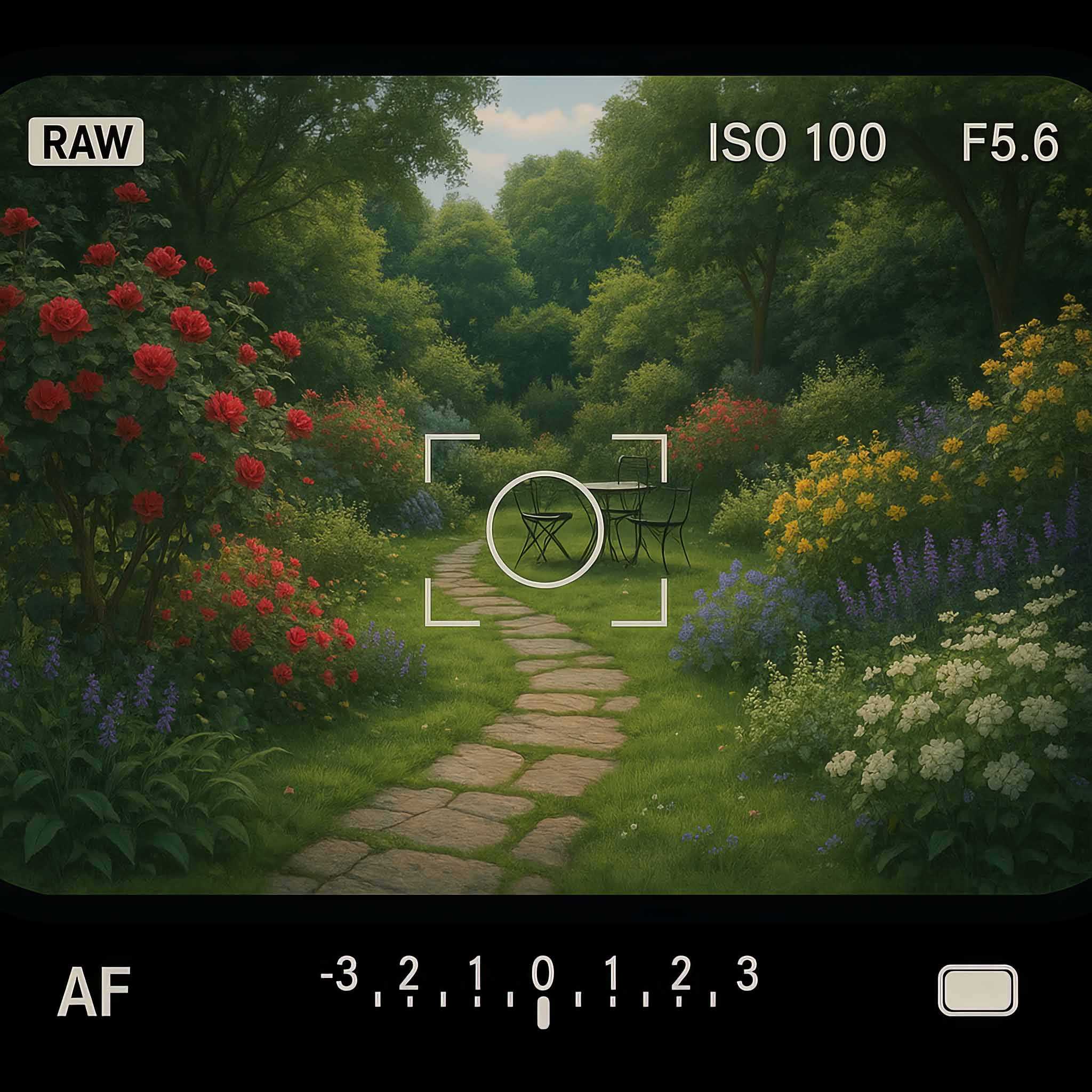What is a Neural Radiance Field (NeRF) and How Does It Work?

Imagine you’re standing in a room, taking a series of photographs from different angles. If you wanted to create a 3D model of the space, traditional methods would require you to carefully measure distances, define shapes, and construct a model piece by piece. But what if a computer could learn and then reconstruct the entire scene just by looking at your photos? That’s what a Neural Radiance Field (NeRF) does.
Instead of explicitly modeling the shapes, surfaces, and textures of a 3D scene, NeRFs use artificial intelligence to learn how light interacts in that space. This allows them to generate new, realistic views from angles that weren’t originally captured.
The Simple Explanation: Think of NeRFs Like a Holographic Memory
Think of traditional 3D capture technologies (i.e. Photogrammetry) like a video recording of a scene. It captures a fixed version of the space. It is in 3D, but if you want to see thin structures, or highly reflective materials, see the scene from a new angle, or add details that weren’t originally included, you’re out of luck.
A NeRF, on the other hand, is like having the actual scene itself as a complete, interactive representation of how light moves through space, a holographic memory if you will. Instead of just capturing surfaces, a NeRF learns the entire 3D environment and how light interacts with objects within the scene.
A traditional 3D model from capture is like a video recording where you can only see what was captured, and making changes is difficult.
A NeRF is like stepping back into the scene itself as a holographic memory. You can move around, change perspectives, and even simulate how lighting would behave in new conditions.
For example, imagine looking at a stained glass window. A traditional 3D model would capture the shape and position of the glass, but it wouldn’t understand how sunlight passing through it creates colorful patterns on the floor.
A NeRF, however, learns how light interacts with the materials, the radiance, of the scene. Because of this, it can realistically recreate the way the colors and shadows shift as you move around even if those original views or images were not captured. This is what makes NeRFs so powerful for reconstructing lifelike 3D scenes.
A Semi-Technical Breakdown: How NeRFs Work
NeRF is a machine learning model that predicts how light behaves in a 3D scene. It is the first modern Radiance Field representation. Here’s how it works step by step:
Input: A Set of 2D Images
You start by providing a set of photos or video of an object or scene, taken from different angles. NeRFs love sharp images and multiple views of a scene. There is no proprietary camera needed to capture the data necessary to reconstruct a NeRF. Any camera that can take a 2D image will work.
Training: Learning the Light & Geometry
Instead of storing explicit 3D shapes, NeRFs learn a function that takes a 3D coordinate (x, y, z) and a viewing direction and predicts:
- Density - is there something at this location?
- Color (RGB values) - what color should this point appear from a given angle?
Rendering: Creating New Views
- Once trained, the NeRF can synthesize new viewpoints, even from angles that weren’t in the original images.
- This is done by tracing virtual rays through the scene (similar to how the human eye perceives depth).
Essentially, a NeRF memorizes how light interacts with the environment and uses that knowledge to recreate the scene in a realistic way.
Why Is This So Interesting? (The Technical Benefits)
NeRFs are a big leap forward because they solve many challenges of traditional 3D reconstruction:
- ✅ More Realistic Rendering - NeRFs can model complex light effects like reflections, transparency, and soft shadows, making them more lifelike. These are known as view dependent effects.
- ✅ More Efficient Storage - Instead of storing massive 3D meshes or point clouds, a NeRF encodes the entire scene inside a neural network, making it much more compact. It is already possible to compress NeRFs to sub-megabytes, with methods like Instant NGP.
- ✅ Can Generate New Views - Once trained, a NeRF can create realistic images from viewpoints that were never captured.
- ✅ Handles Complex Scenes – Traditional 3D reconstruction struggles with thin structures (like tree branches) or fine textures (like hair or fur). NeRFs handle these details with ease because they learn a continuous representation of the scene.
- ✅ No Need for 3D Modeling Expertise – NeRFs learn automatically from photographs, significantly reducing labor and cost for modeling real world objects and scenes.
Final Thoughts: Why NeRFs Matter
NeRFs were the first modern Radiance Field representation that kicked off this research boom in March of 2020.
NeRFs represent a fundamental shift in how we think about 3D. Instead of manually modeling every object, surface, and light source, we can now teach a computer to understand and recreate the world just by looking at it.
This opens the door to new ways of capturing, storing, and rendering 3D content, which has major implications for industries like VR, gaming, digital content creation, and even scientific visualization.
As research continues, NeRFs are getting faster and more efficient, bringing us closer to real-time applications. There are still large scale research gains to be had for NeRFs. For instance, there are several methods that allow NeRFs to render at well above real time rates. This is just the beginning of a new era in AI-powered 3D reconstruction.